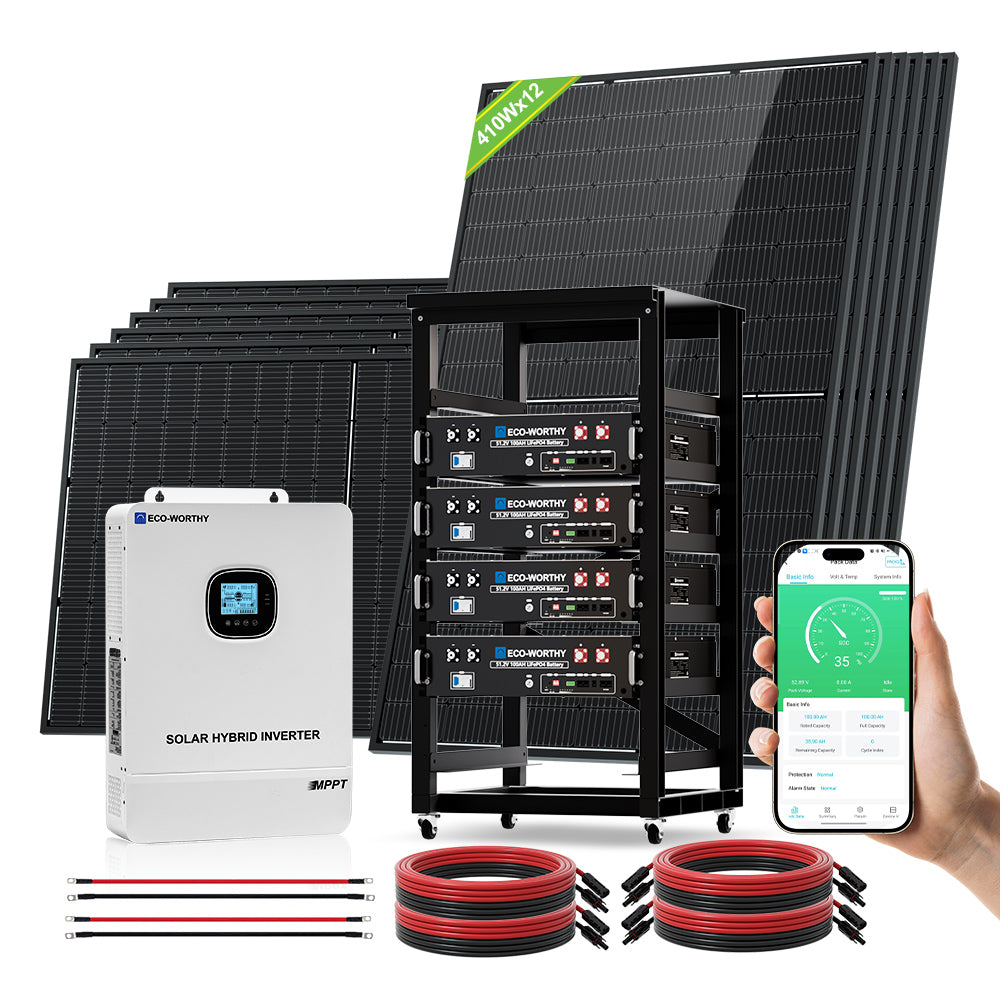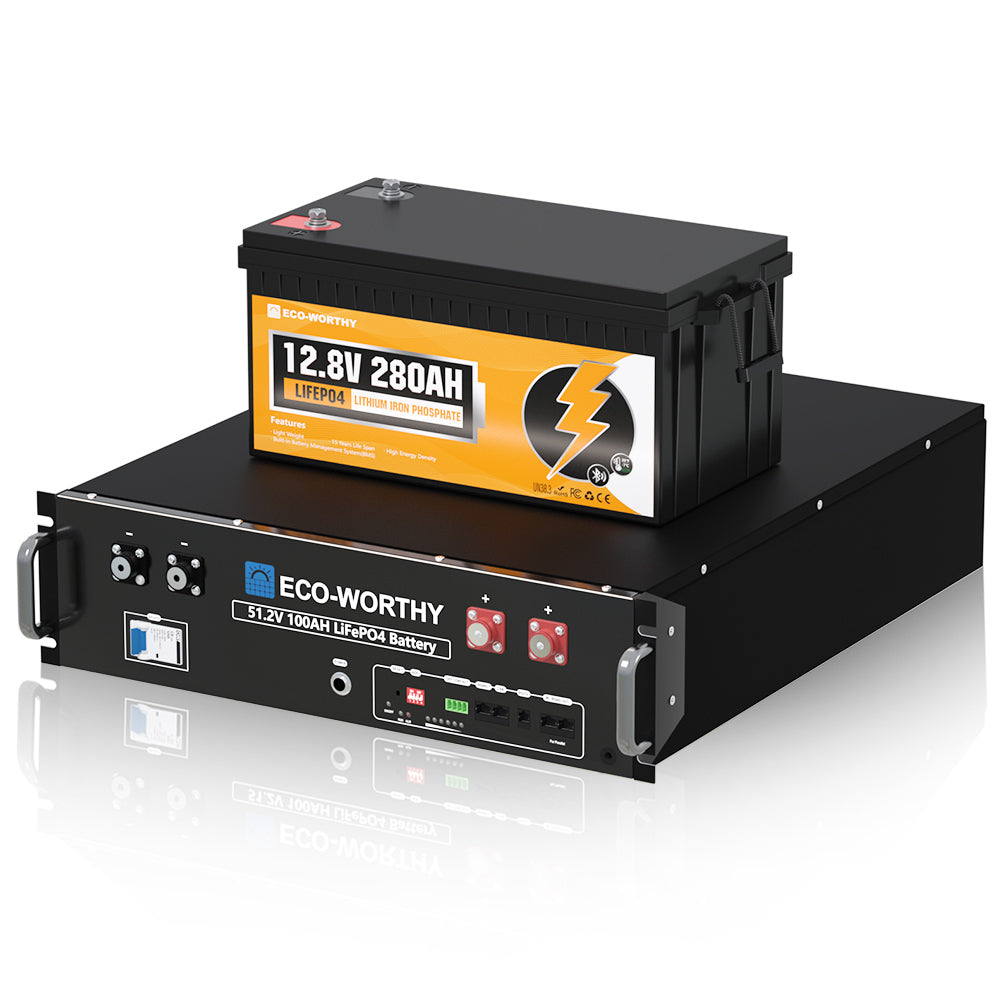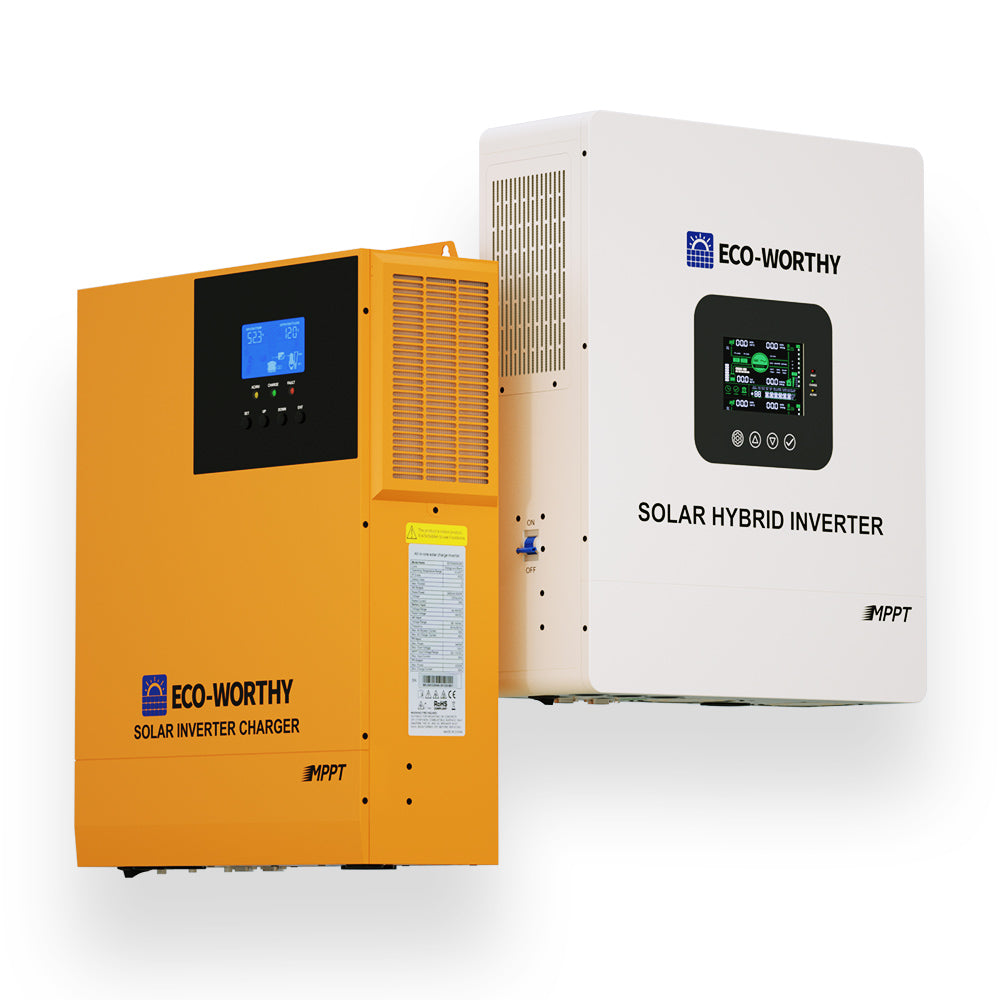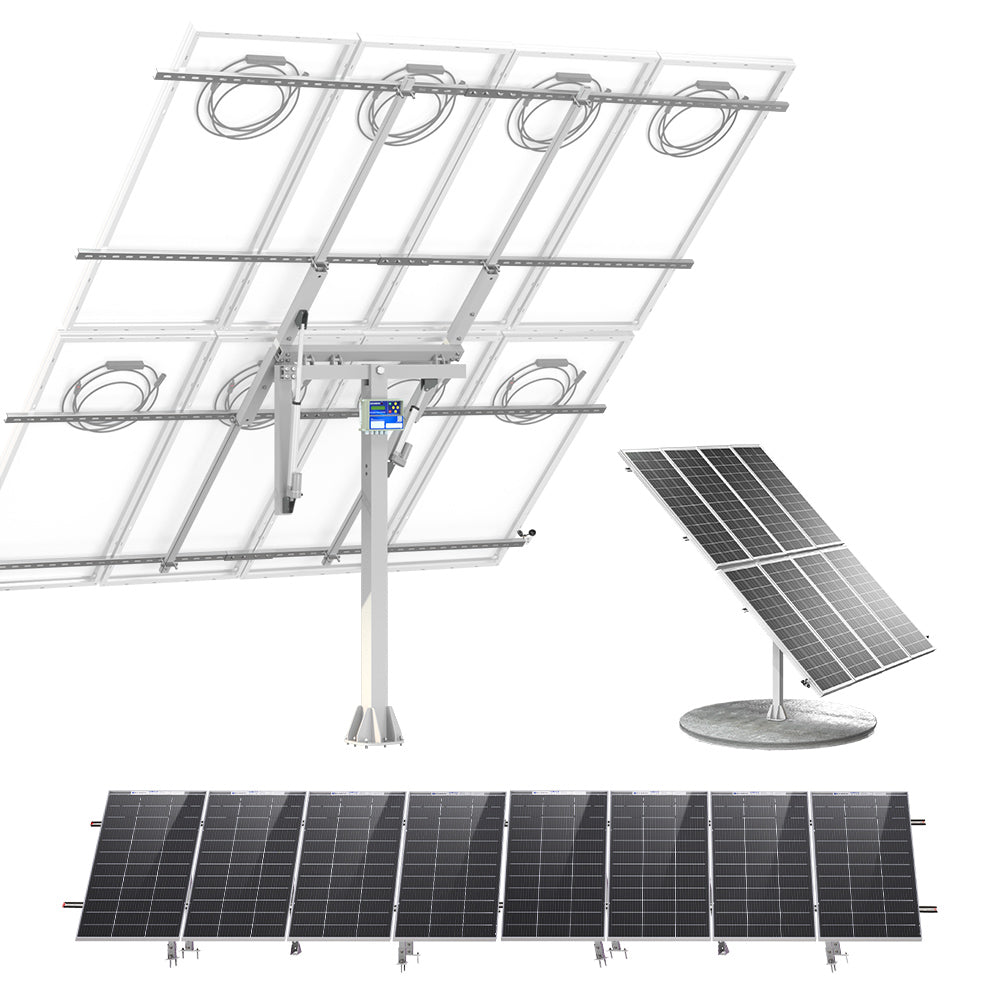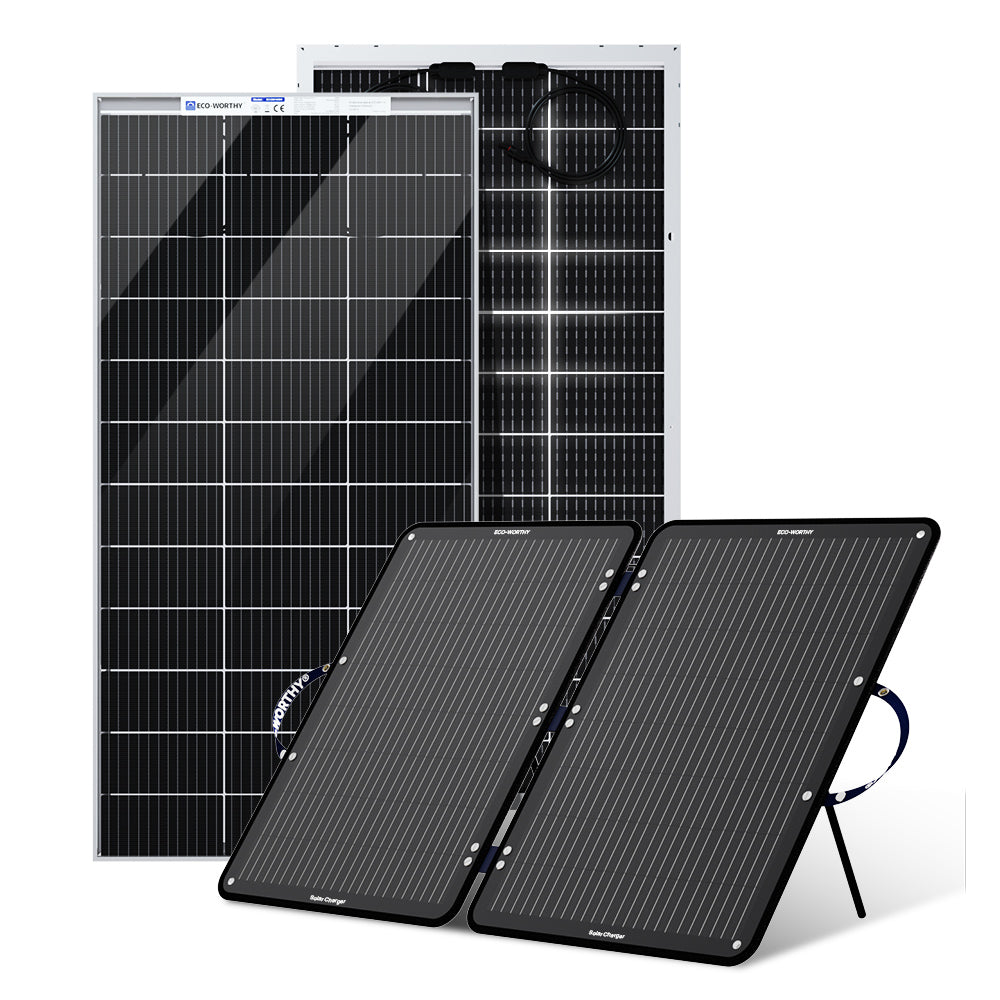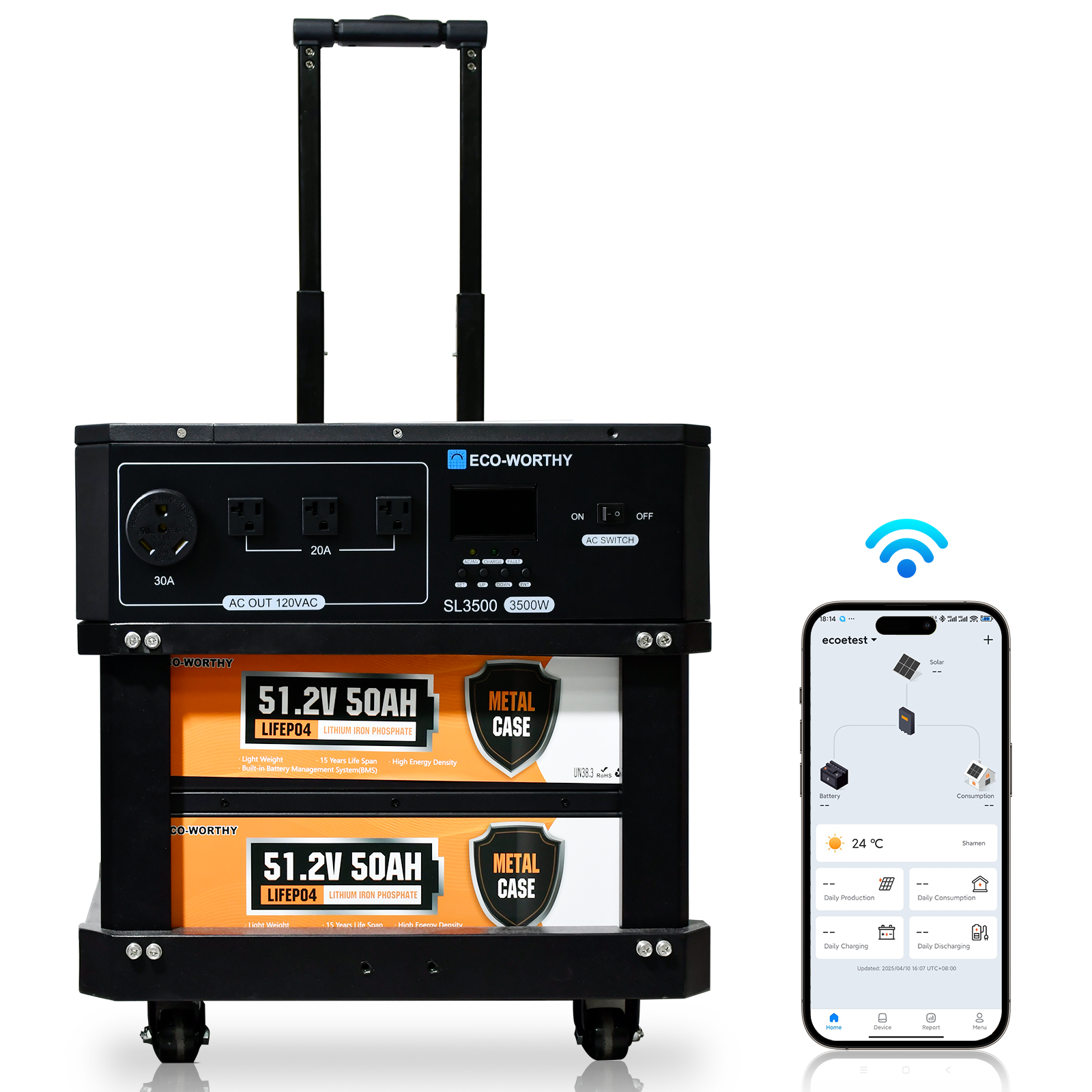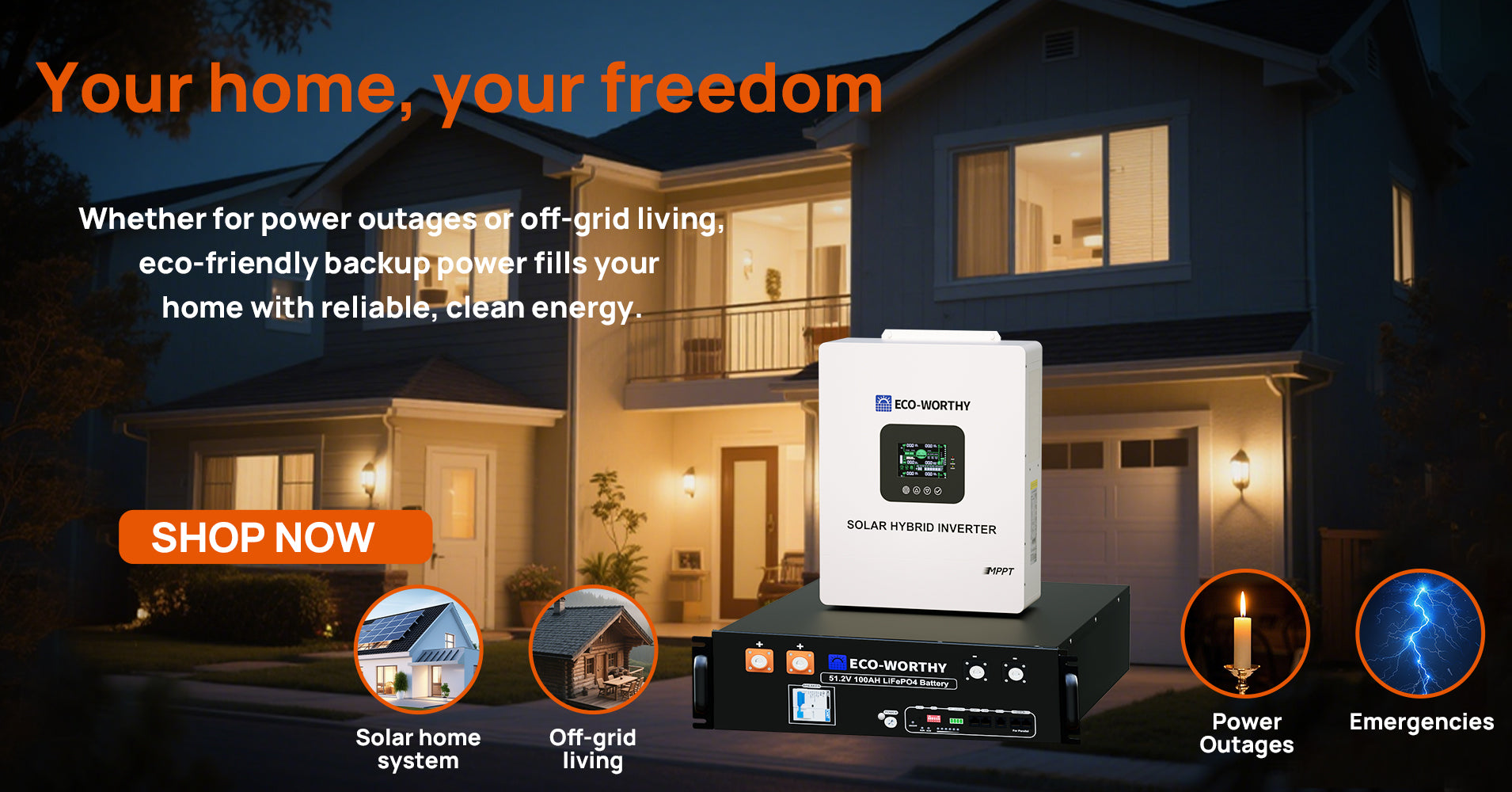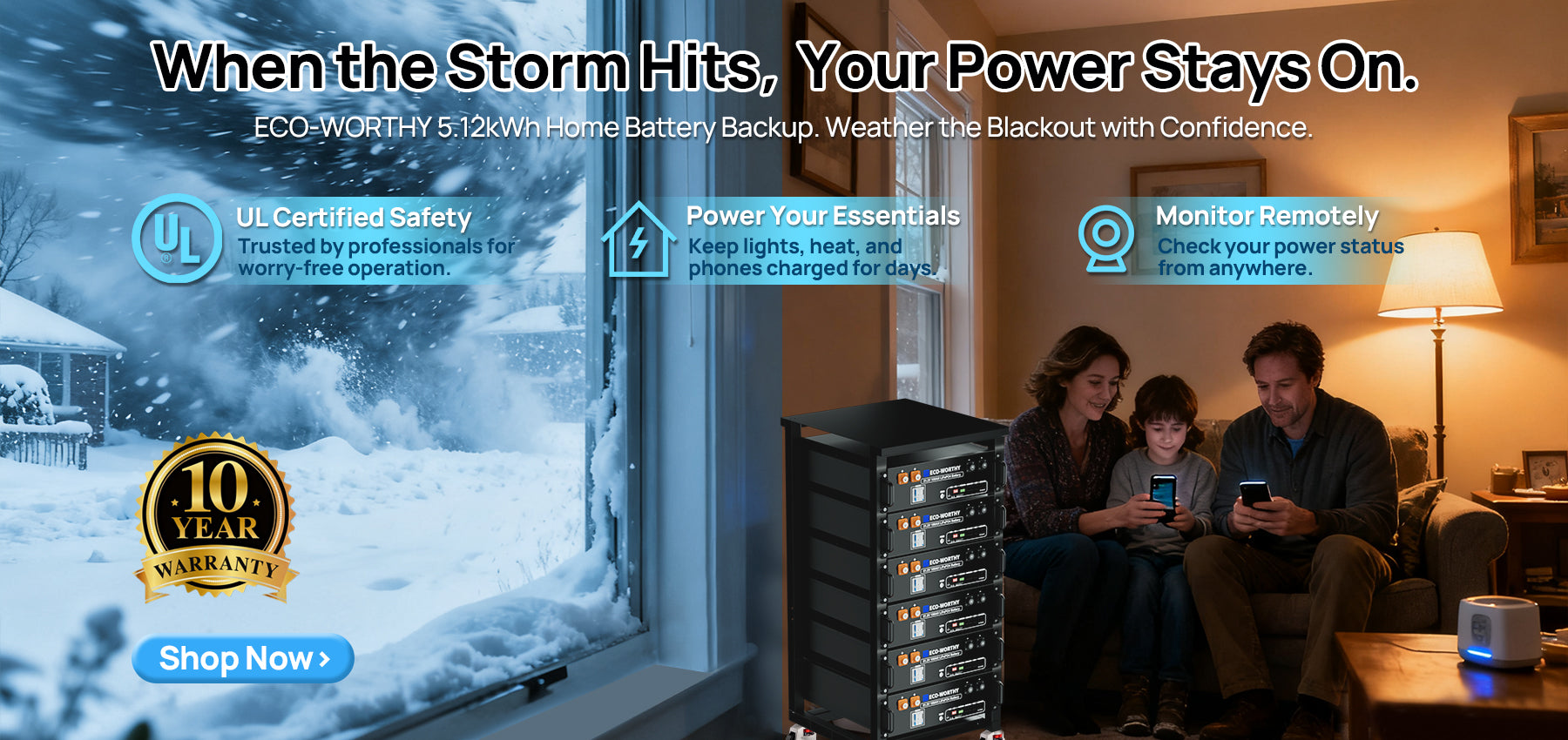Solar energy is becoming more popular as we look for cleaner energy sources, and a vital part of this trend is solar trackers. These devices move solar panels to follow the sun during the day. This movement helps the panels get more sunlight than if they were just standing still. In this blog, we'll look at what solar trackers are, how they work, and their different types. We'll also discuss how much they cost and weigh their pros and cons to help you understand whether they are a good choice for your solar energy needs.
What is a Solar Tracker?
A solar tracker is a device that moves solar panels to follow the sun's path across the sky. This smart movement helps panels capture more sunlight than if they were just sitting still, boosting the energy they produce. As we dive into the specifics of each type, you'll see how they bring a blend of technology and practicality to solar energy systems.
Manual Solar Trackers
Manual trackers are the most basic type. They require a hands-on approach, where someone physically adjusts the panels at different times of the day to follow the sun. It's like adjusting a satellite dish to get a better signal. While this method is simple and low-tech, there are more efficient options.
You need someone to constantly monitor the sun's position and move the panels accordingly. This can be time-consuming and is only practical for some. However, manual trackers can be a simple and cost-effective choice for small-scale installations or in areas where high-tech solutions are not feasible.
Passive Solar Trackers
Passive trackers use a low-tech system with a special liquid that heats and evaporates in sunlight, tilting the tracker towards the sun. This simple method allows panels to follow the sun without motors or electricity. More reliable and less complex than active trackers, they're a cost-effective solution for moderate solar projects, balancing efficiency and simplicity.
Active Solar Trackers
Active trackers use motors or hydraulics to precisely move panels, following the sun's path. These high-tech systems automatically adjust for optimal positioning, maximizing energy capture. However, their advanced technology means higher maintenance needs and costs. Best suited for large installations aiming for peak efficiency, active trackers are ideal for those seeking top-tier solar energy technology.
- Single-axis tracker: Moves solar panels from east to west, following the sun's daily path, boosting efficiency by 25% to 35%.
- Dual-axis tracker: Adjusts east-west and north-south panels, tracking the sun's daily and seasonal movements, increasing energy production by up to 40%.
![]()
How Much Does a Solar Tracker Cost?
The cost of trackers varies, but they generally add a significant amount to the overall price of a solar panel system. Here's a quick breakdown:
- Manual trackers: These are the least expensive, but costs can vary based on the system's size and complexity.
- Passive trackers: A bit more costly than manual ones, they offer better efficiency without the high price tag of active trackers.
- Active trackers: The most advanced and expensive, often used in large-scale installations for maximum efficiency.
Adding a single-axis tracker can increase the cost of a solar installation by about 57%, while a dual-axis tracker can nearly double it. It's crucial to balance the initial investment against the potential increase in energy production and long-term savings.
Pros of Solar Trackers
Solar trackers offer various benefits, and each type has its pros and cons. Some of the advantages include:
- More output: They are proven to increase energy production, especially in areas with high sun exposure.
- Efficient tracking in all directions: Dual-axis trackers can track the sun's movement both east-west and north-south, maximizing energy capture.
- Stability: Trackers are designed to withstand harsh weather conditions and maintain stability during high winds. This advantage makes them a reliable option for long-term solar energy production.
- Usage versatility: Trackers can be used for both residential and commercial installations, as well as in off-grid situations. Depending on your needs, you can choose from a wide range of sizes and types.
Cons of Solar Trackers
While the advantages of installing solar trackers are clear, there are also some drawbacks to consider:
- Cost: As mentioned earlier, solar trackers can add a significant amount to the overall cost of a solar installation.
- Maintenance: They require regular maintenance to ensure proper functioning and longevity. The more complex the system, the more maintenance it may require.
- Limited applications: Solar trackers are most effective in areas with high sun exposure and for larger installations. They may not be as practical or cost-effective for smaller projects or areas with less consistent sunlight.
However, it's important to note that the pros and cons may vary depending on your specific needs and location. It's best to carefully evaluate these factors before making a decision.
Conclusion
Solar trackers can be a great choice for increasing solar energy production, especially in limited spaces and peak hours. However, their cost and maintenance needs make them less practical for some installations. It comes down to balancing the initial investment against the potential increase in energy production and long-term savings. Whichever type you choose, solar trackers are a valuable addition to any solar panel system, helping us harness cleaner and more efficient renewable energy sources as we move towards a sustainable future.

